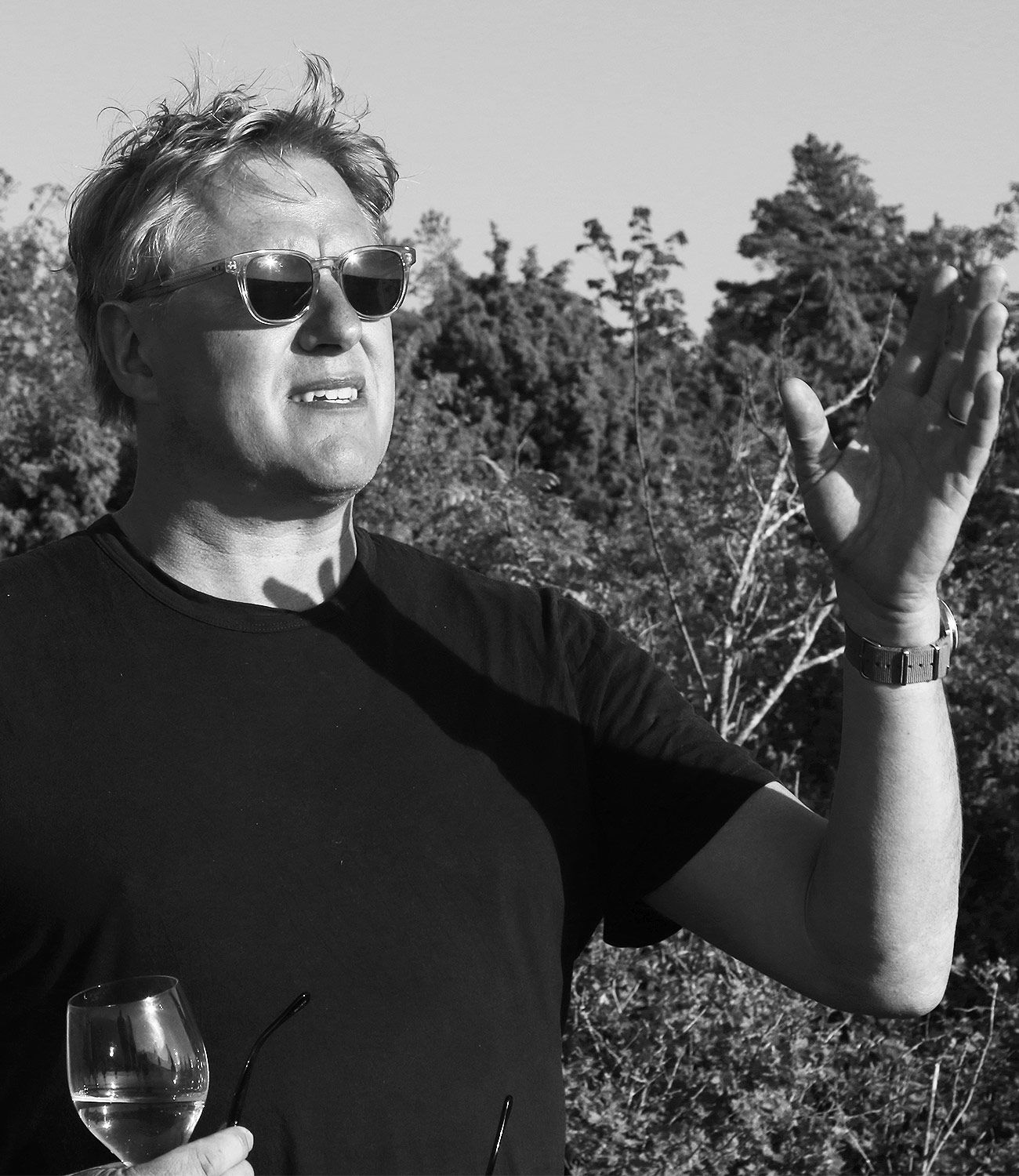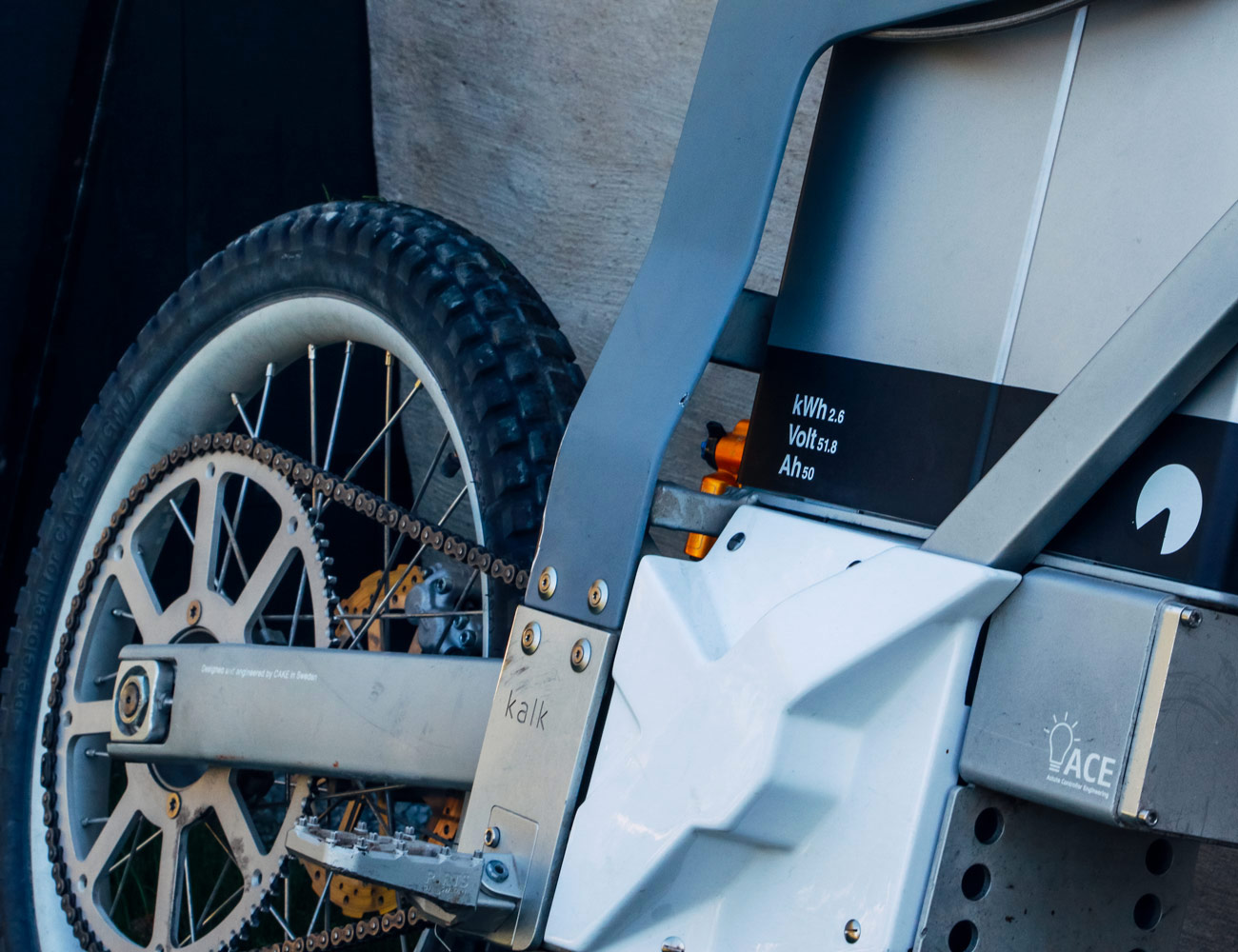D
espite the existence of two-wheeled land rockets like the Kawasaki H2, the BMW S1000RR and growing list of cafe racers, the American motorcycle industry, as a whole, is a slow-moving machine. It’s slow to react to changes in culture, drags its feet in adopting new technology, misses the mark attempting to hit the right target audience and it can’t seem to grasp why sales slip year after year. Across the Atlantic Ocean in Sweden, Cake, an upstart electric motorcycle company has a formula and a mindset that Harley-Davidson, Honda and Yamaha would do well to learn.
Cake founder and CEO Stefan Ytterborn, who did stints designing at IKEA and Saab and also founded the helmet company POC is an optimistic creative who takes pride in immersing himself in his work on a personal level. That’s not to say he’s some starry-eyed workaholic – quite the opposite. Like many Swedes, Ytterborn is pragmatic in his approach to nearly everything and is an essentialist in style. When his sons started getting into mountain biking and skiing, he took a look at the protective gear they were wearing and thought he could do better. That was the basis for POC’s creation. Now that electric motor technology is finding its way into the mountain bike and motorcycle industry, Ytterborn sees another opportunity to utilize his particular brand of creative engineering. Ytterborn admits he’s “not a traditional motorcyclist,” but maintains that’s what gives him an advantage. “I’m approaching the whole electric motorbike idea from a mountain bike guy’s perspective. But we’re not trying to make a battery-assisted mountain bike.”
Motorcycles in America saw a boom in popularity in the ‘60s, 70’s and held a steady presence throughout the ‘80s and even into the early-oughts. However, over the last decade, sales have trickled off. The riders Harley and Honda have catered to for the past few decades (the Baby Boomers) started out on bikes with small cc-engines and as riders grew up, manufacturers focused on increasing engine sizes, making the bikes bigger and upping the speed. The Boomers were the cash cow, so that’s for whom the bikes were built. Now those riders are aging out of riding altogether, and manufacturers are left scrambling trying to find what sells now that newer riders aren’t hopping on 1000cc sport bikes with fresh licenses. A general lack of attractive products might be putting off the younger generation from riding entirely.
“But what the American motorcycle industry needs is a fresh new take on what an accessible, approachable motorcycle can be.”
According to Ytterborn, Cake’s mission is to “lean on the traditional attributes of the motorcycle culture. It’s all about responsibility, sustainability, exploring, discovering what’s out there.” As with his previous pursuits, he’s hellbent on doing it his way. “These big companies, if you start doing exactly what they’re doing from scratch, it doesn’t go well.” Ytterborn goes on to describe Cake and its first production bike, the Kalk, as “adding a discipline. It’s not mountain biking, motor-aided mountain biking, nor is it like traditional combustion engine motorbiking — this is something new.”
But what the American motorcycle industry needs is a fresh new take on what an accessible, approachable motorcycle can be. “Look at the off-road combustion market — there are only 350,000 bikes sold annually which is tiny market. That’s why we want to … help people get out there and explore in an easy way without really knowing how to ride a motorcycle — not knowing the clutch, not knowing how to change gears.” Not exactly an unfounded idea: over in the four-wheeled industry, manual transmissions are rapidly disappearing, even as options. The majority of the market is not made of enthusiasts and new drivers aren’t learning. On motorcycles, it might be the same story. The idea of operating the clutch with one hand, the front brake and throttle with the other, while the left foot shifts gears and the right foot works the rear brake is daunting at best. The Cake Kalk brings the familiarity of mountain bike controls — both brakes on the handlebars and with no clutch to speak of since it’s electric — to a similar silhouette and produces an easy-to-manage, easy-to-ride, small-engined dirt bike.
Most people learn how to ride a bicycle when they’re young, but there’s a vast chasm between the dynamics of a pedal bike and a motorcycle. The Kalk is neither a power-assisted pedal-bike nor a full-on electric motorcycle — exactly the bridge the American market needs right now. Even with manufacturers like Honda and Ducati making smaller, more stylish bikes and marketing to a younger crowd, there’s still a sense of them working backward. Cake is moving forward from the limited architecture of mountain bikes that, with super lightweight frames and skinny tires, are unstable at higher speeds. But it’s not making the full jump (yet) to electric speed machines like Alta and Zero, motorcycles better suited for experienced riders. And it’s those Swedish values — that inclusiveness, that friendly approachability — and humble approach that will win over new riders. If bigger manufacturers want to succeed in drawing in a new generation, they should take notice.



